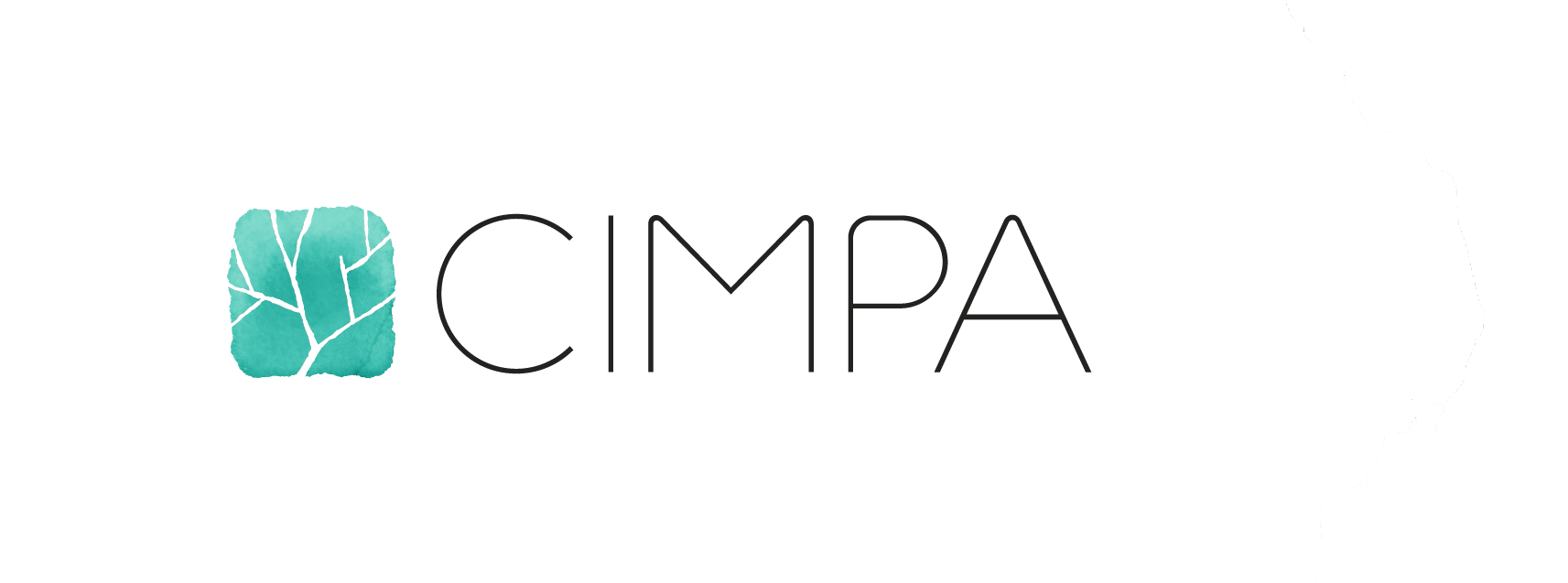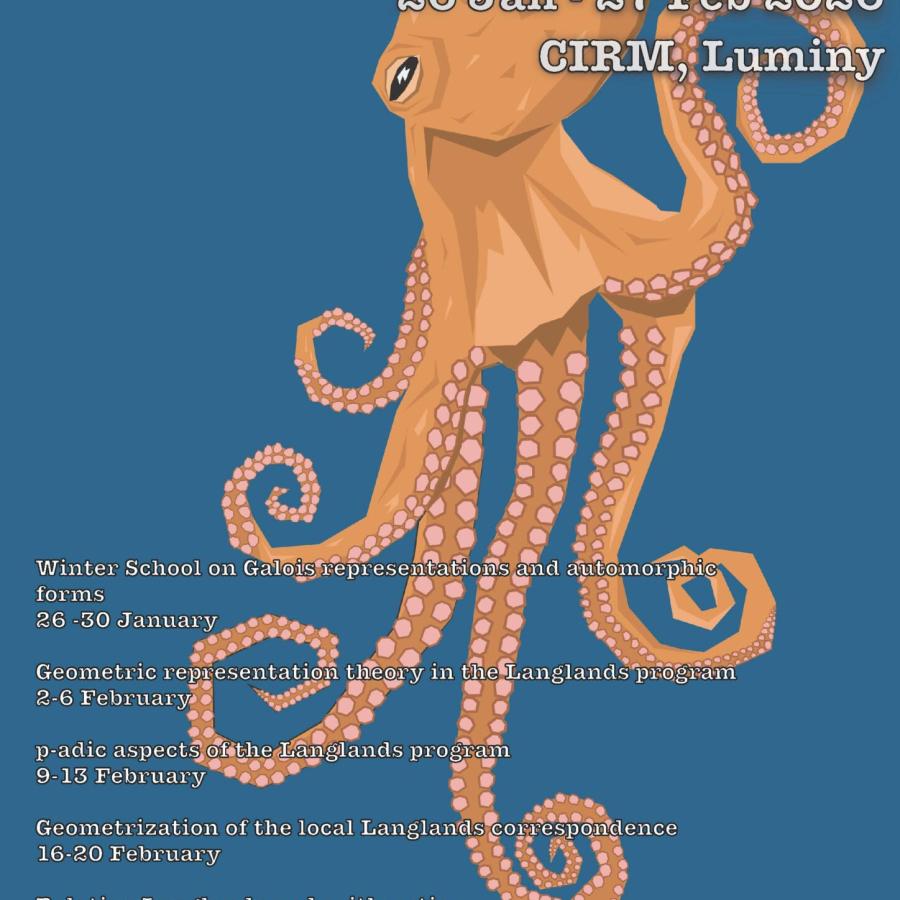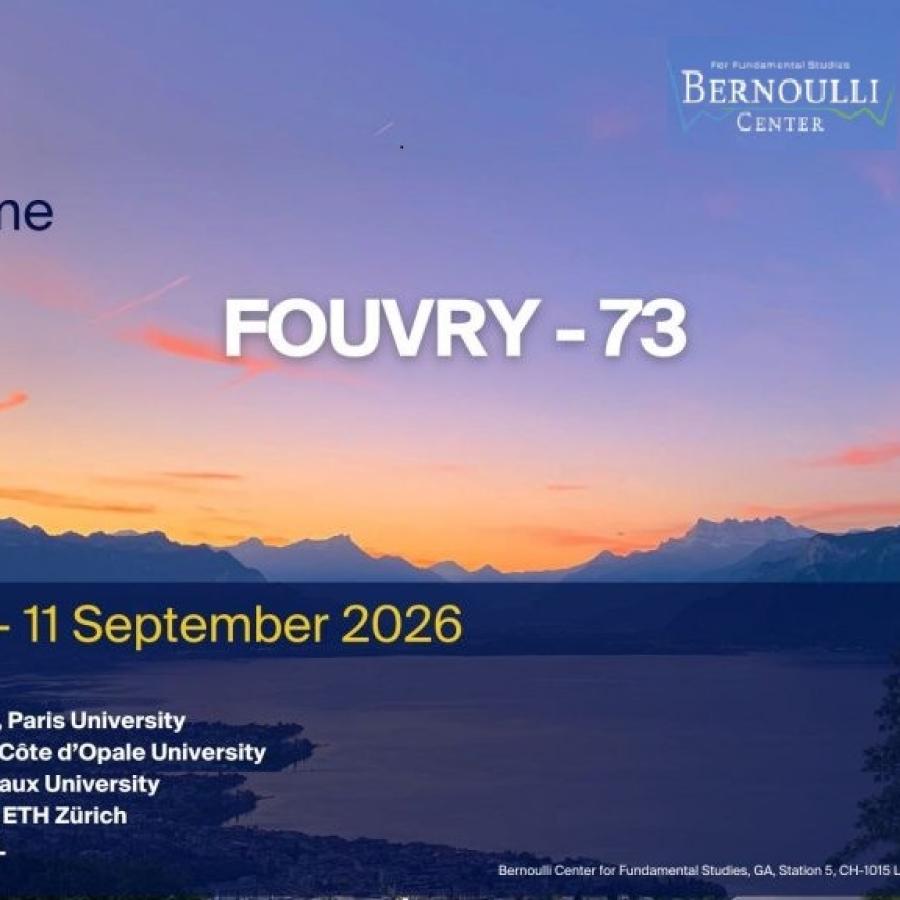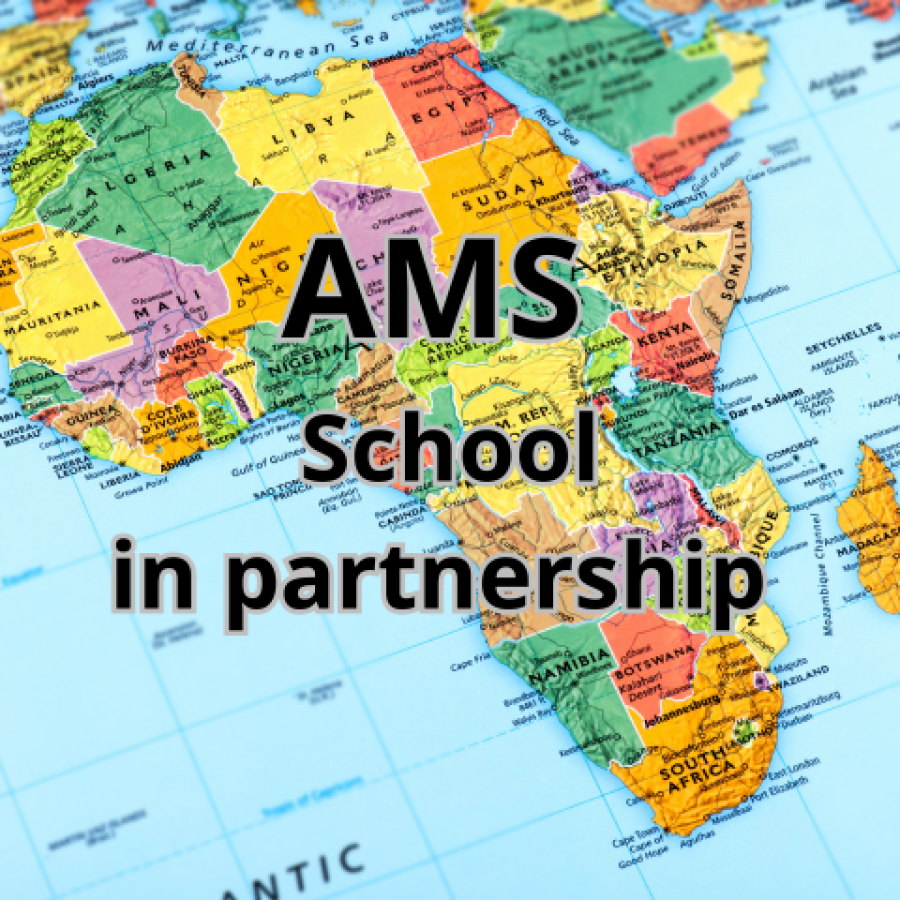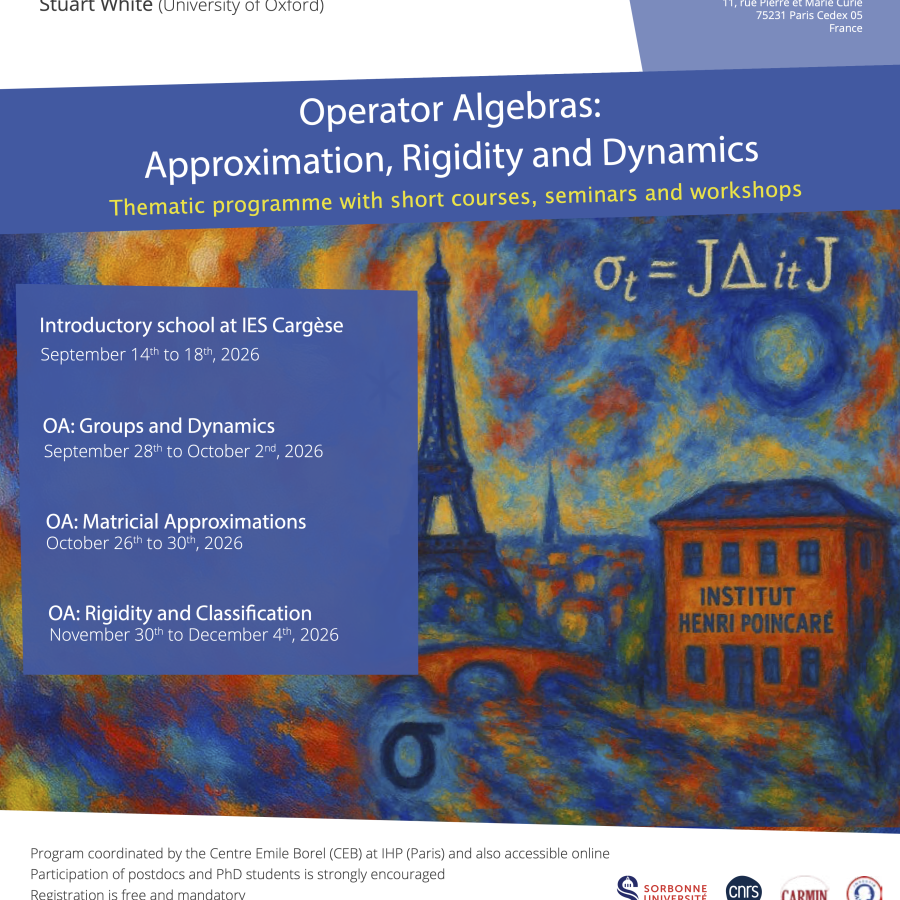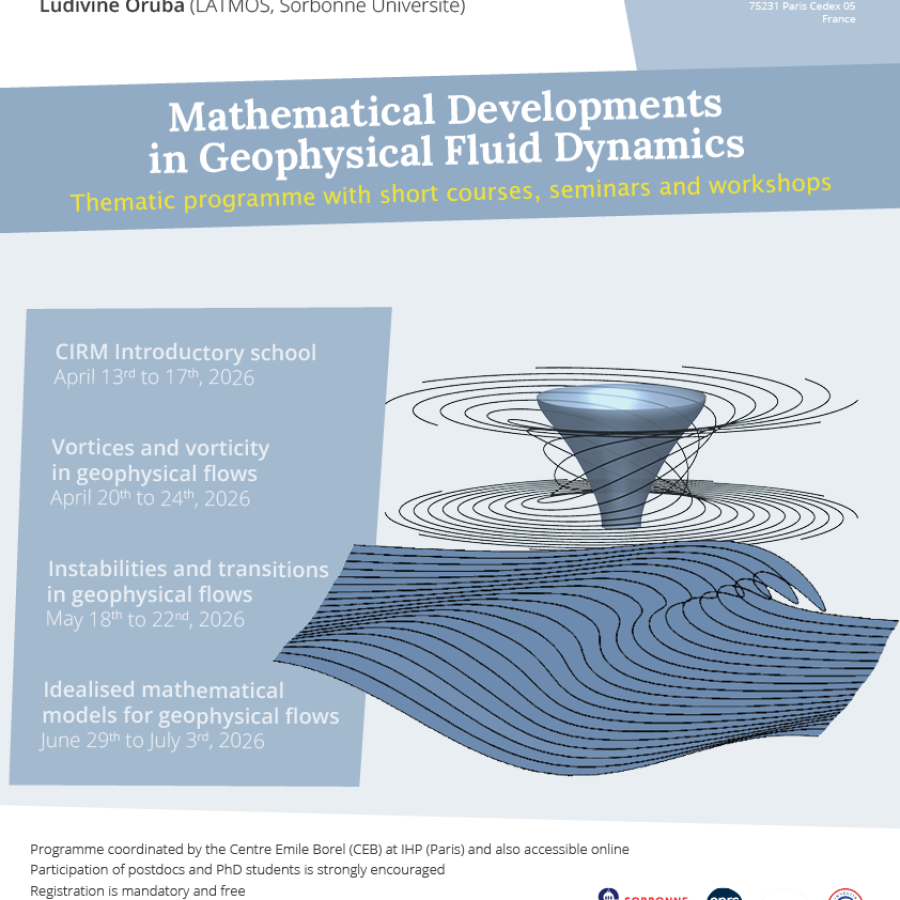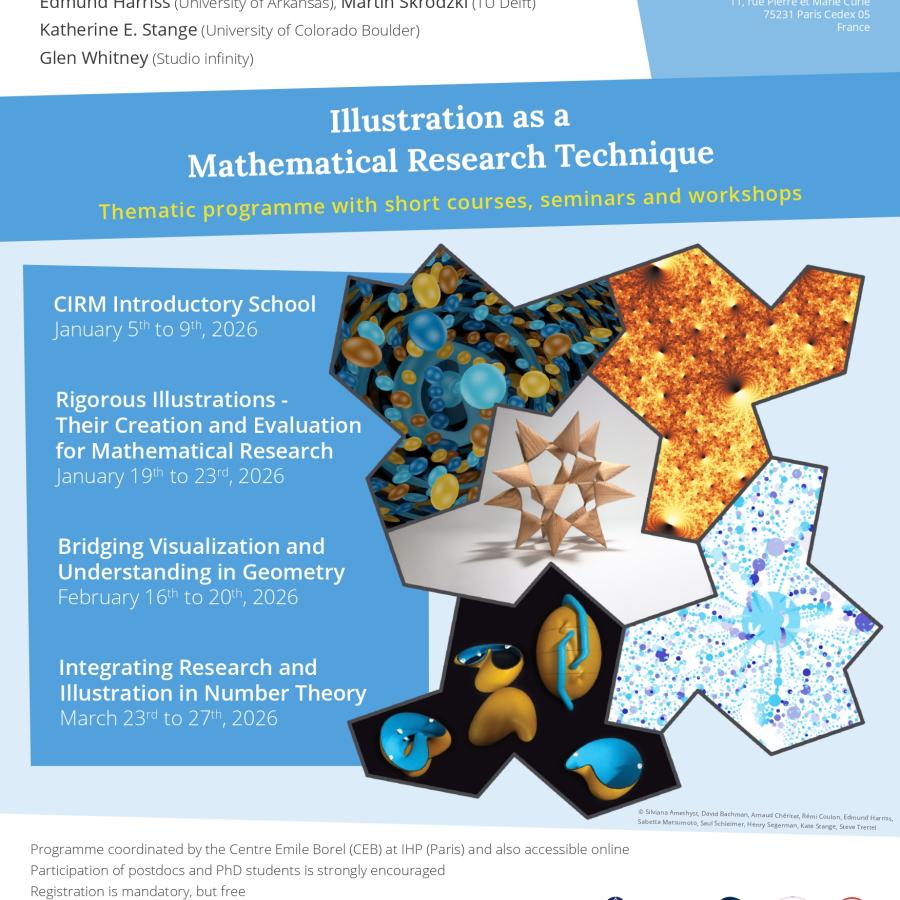Born in a letter of Robert Langlands to André Weil in 1967, the Langlands program seeks to establish a far-reaching web of conjectures relating seemingly distant areas of mathematics, primarily number theory, representation theory, and algebraic geometry
This thematic month will focus on some of the most important current directions of this program: the geometric Langlands program, the p-adic Langlands program, the geometrization of the Langlands program, and relative Langlands duality.

